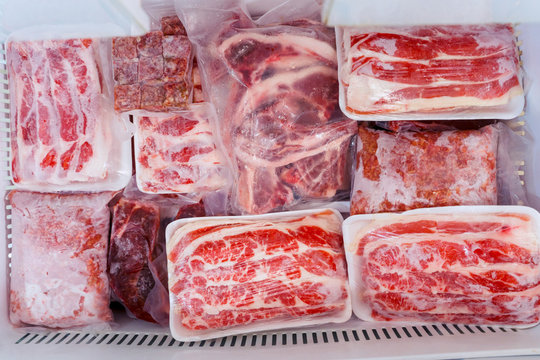As global demand for high-quality protein sources continues to rise, the frozen meat food export sector has emerged as a vital player in international trade. With advancements in freezing technology and logistics, countries around the world are capitalizing on their agricultural strengths to supply meat products to a diverse array of markets. This article explores the dynamics of frozen meat exportation, highlighting key trends, major exporting nations, and the challenges faced in maintaining quality and safety standards during transit.
In this context, the frozen meat industry not only plays a crucial role in meeting consumer needs but also impacts local economies and food security on a broader scale. By delving into the intricate processes involved in production, regulation, and distribution, we aim to provide a comprehensive overview of how frozen meat exports shape the global food landscape and contribute to the growing interconnectedness of today’s marketplace.
Key Exporting Nations and Their Strengths
Several countries have positioned themselves as leading exporters in the frozen meat sector, each leveraging unique agricultural resources and production capabilities. Nations such as Brazil, the United States, and Australia dominate the market, thanks to their vast pasturelands and advanced farming practices that yield high-quality meat products. The efficient production processes in these countries are complemented by robust logistics networks that facilitate timely deliveries. The increasing diversity in consumer preferences has also encouraged these nations to adapt their offerings, fostering a competitive landscape that benefits global markets. For example, a focus on sustainable practices and compliance with international food safety standards has become paramount for those aiming to remain relevant as exporters. As a notable player in this arena, the Best Frozen Meat Food Exporter To Asia continues to set benchmarks for quality and reliability.

Challenges in Quality and Safety Standards
The journey from farm to consumer is fraught with challenges, particularly in maintaining the quality and safety of frozen meat products. Stringent regulations are in place to ensure that exports meet the health standards required by importing countries. However, issues such as temperature control during transit, packaging integrity, and the potential for contamination are perpetual concerns. Additionally, supply chain disruptions—exacerbated by global events—can further complicate the logistics of frozen meat exports. Exporters must remain vigilant, adapting to rapidly changing market dynamics and ensuring that their practices align with consumer expectations for quality, sustainability, and ethical sourcing. Addressing these challenges effectively is crucial not only for the success of individual businesses but also for the overall stability and growth of the frozen meat export market.
In conclusion, the frozen meat food export sector stands at the intersection of global demand, agricultural innovation, and evolving consumer preferences, shaping a rapidly changing landscape of international trade. As leading exporters like Brazil, the United States, and Australia continue to refine their practices in response to market needs and governmental regulations, the importance of maintaining stringent quality and safety standards cannot be overstated. The complexities of logistics and preservation techniques must be navigated with care to ensure that meat products reach consumers in optimal condition. With the increasing focus on sustainability and ethical sourcing, the future of frozen meat exports will likely hinge on the ability of these nations to adapt to both challenges and opportunities in a world increasingly driven by interconnected supply chains. By prioritizing reliability and integrity, the industry can not only secure its role in the global food system but also contribute to enhanced food security and economic stability worldwide.

Leave a Reply